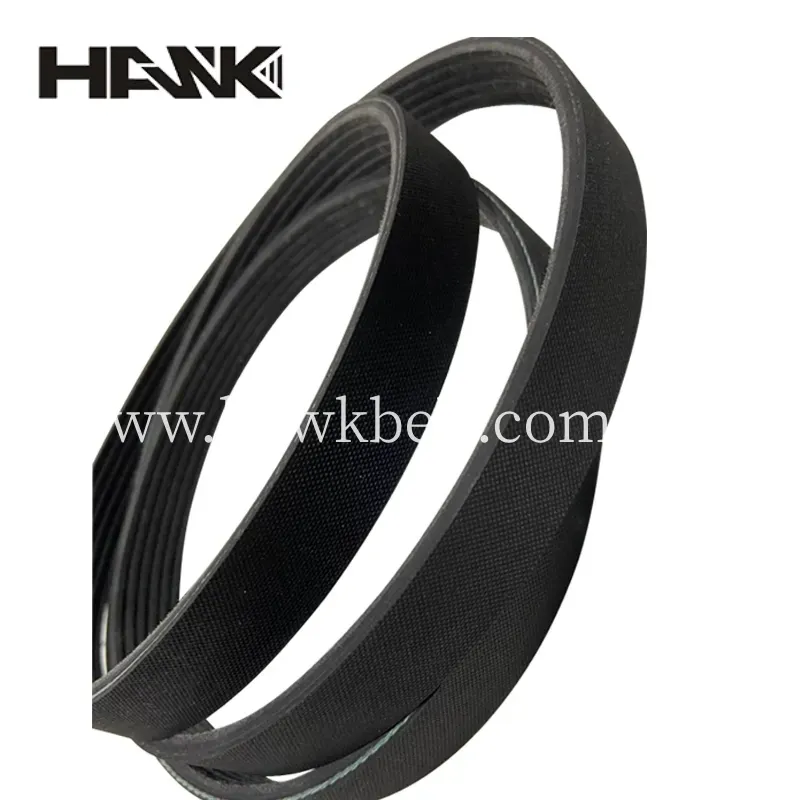- Arabic
- French
- Russian
- Spanish
- Portuguese
- Turkish
- Armenian
- English
- Albanian
- Amharic
- Azerbaijani
- Basque
- Belarusian
- Bengali
- Bosnian
- Bulgarian
- Catalan
- Cebuano
- Corsican
- Croatian
- Czech
- Danish
- Dutch
- Afrikaans
- Esperanto
- Estonian
- Finnish
- Frisian
- Galician
- Georgian
- German
- Greek
- Gujarati
- Haitian Creole
- hausa
- hawaiian
- Hebrew
- Hindi
- Miao
- Hungarian
- Icelandic
- igbo
- Indonesian
- irish
- Italian
- Japanese
- Javanese
- Kannada
- kazakh
- Khmer
- Rwandese
- Korean
- Kurdish
- Kyrgyz
- Lao
- Latin
- Latvian
- Lithuanian
- Luxembourgish
- Macedonian
- Malgashi
- Malay
- Malayalam
- Maltese
- Maori
- Marathi
- Mongolian
- Myanmar
- Nepali
- Norwegian
- Norwegian
- Occitan
- Pashto
- Persian
- Polish
- Punjabi
- Romanian
- Samoan
- Scottish Gaelic
- Serbian
- Sesotho
- Shona
- Sindhi
- Sinhala
- Slovak
- Slovenian
- Somali
- Sundanese
- Swahili
- Swedish
- Tagalog
- Tajik
- Tamil
- Tatar
- Telugu
- Thai
- Turkmen
- Ukrainian
- Urdu
- Uighur
- Uzbek
- Vietnamese
- Welsh
- Bantu
- Yiddish
- Yoruba
- Zulu
Sep . 15, 2024 16:14 Back to list
variable drive belt
Understanding the Variable Drive Belt Its Function and Importance
The variable drive belt, often referred to as a continuously variable transmission (CVT) belt, plays a pivotal role in modern automotive engineering. This innovative component is designed to facilitate seamless gear transitions, thereby optimizing vehicle performance and efficiency. Understanding the function, significance, and maintenance of the variable drive belt can enhance a driver's appreciation for their vehicle's mechanics and ensure longevity of its performance.
At its core, the variable drive belt serves as a crucial link within the CVT system. Unlike traditional automatic and manual transmissions, which use a series of fixed gears, a CVT operates on the principle of varying diameter pulleys connected by a flexible belt. This design enables the engine to maintain an optimal RPM range, allowing for smooth acceleration without the noticeable shifts experienced in conventional transmissions. The result is improved fuel efficiency as the engine runs more efficiently under varying driving conditions.
One of the distinct advantages of a variable drive belt is its ability to adapt to a wide range of speeds and loads, providing a more responsive driving experience
. For instance, during rapid acceleration, the CVT can adjust the pulley system to provide the necessary power without compromising fuel economy. This adaptability not only enhances performance but also positively impacts emissions, making vehicles equipped with CVTs more environmentally friendly.variable drive belt

Proper maintenance of the variable drive belt is essential for ensuring the overall health of the vehicle's transmission system. Regular inspections can help identify signs of wear or damage, such as cracks, fraying, or glazing of the belt surface. These issues, if left unaddressed, can lead to more significant transmission problems down the line. It’s generally recommended that drivers replace their variable drive belts according to the manufacturer's specifications, which often range between 50,000 to 100,000 miles, depending on the vehicle model.
Drivers should also be aware of the symptoms of a failing variable drive belt. Common indicators include slipping during acceleration, unusual noises, or a warning light on the dashboard. If any of these issues arise, it is crucial to seek professional assistance promptly. Ignoring such signs could lead to costly repairs and a diminished driving experience.
In conclusion, the variable drive belt is a remarkable innovation in automotive technology that contributes greatly to vehicle efficiency and performance. Its ability to provide smooth transitions and maintain optimal engine operation is a testament to the advancements in transmission design. For drivers, understanding the significance of the variable drive belt and adhering to maintenance schedules can lead to a more reliable and enjoyable driving experience. As automotive technology continues to evolve, the role of the variable drive belt will remain vital in the pursuit of efficiency and performance in vehicles of the future. Whether you are an avid car enthusiast or a casual driver, recognizing the importance of this component will enhance your appreciation for the intricate systems that keep modern vehicles running smoothly.
-
Upgrade Power Steering Pump Belt for Smooth, Quiet Operation
NewsAug.27,2025
-
Precision Timing Belt & Chain: Engine Performance & Durability
NewsAug.26,2025
-
Precision Lathe Drive Belts: Durable & Reliable Performance
NewsAug.25,2025
-
84.5 Serpentine Belt: Durable & Precision Fit for Your Engine
NewsAug.24,2025
-
Premium Ribbed Drive Belts for Quiet Power Transmission
NewsAug.23,2025
-
High-Performance Vehicle Timing Belt for Engine Precision
NewsAug.22,2025

